A Bloom Town History
By Cheré Coen
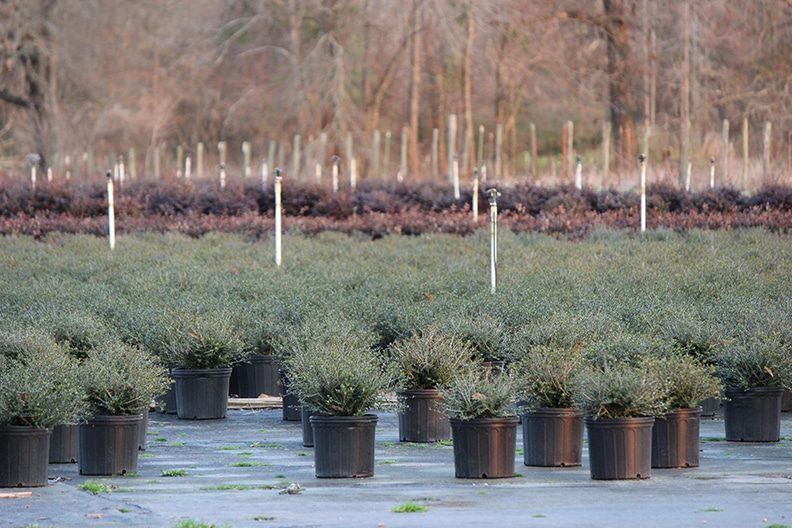
And then there are the more than 200 plant nurseries. Without the acres and acres of plant nurseries, Forest Hill would just be another small, rural Louisiana town. Instead, it’s home to a multi-million-dollar industry. Even more surprising, the population of Forest Hill hovers near 900, while the number of plant nurseries in the town and surrounding areas has been well over 200 for at least a few decades.
The recent recession took a small bite out of the trade, which saw its heyday in the ‘80s and ‘90s, and depends largely on the housing industry. But business is still blooming in Forest Hill — a pun that’s routinely popular in newspaper and magazine headlines.
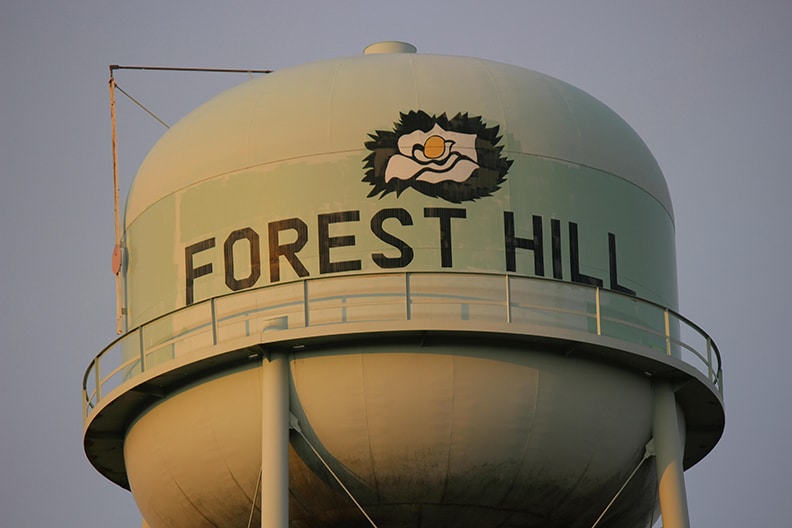
After the Civil War, prosperity for Forest Hill was still decades away. But the economy shifted for those growing cotton on Bayou Boeuf plantations. Where thoughts of taking advantage of the great virgin pine forests to the west had crossed minds in the early and mid-19th century, ideas on milling these acres only took shape with the advent of railroads and investors in the latter part of the century.
Once the Kansas City, Watkins and Gulf Railway pushed through the area in 1892, establishing a depot at Forest Hill, a new era began. The prosperous timber industry roared through the piney woods as fast as a forest fire with this new avenue of shipping lumber to market. For years, jobs were plentiful, and towns sprung up almost overnight to satisfy the sawmills and their ever-roaring blades that sliced massive longleaf pine into lumber.
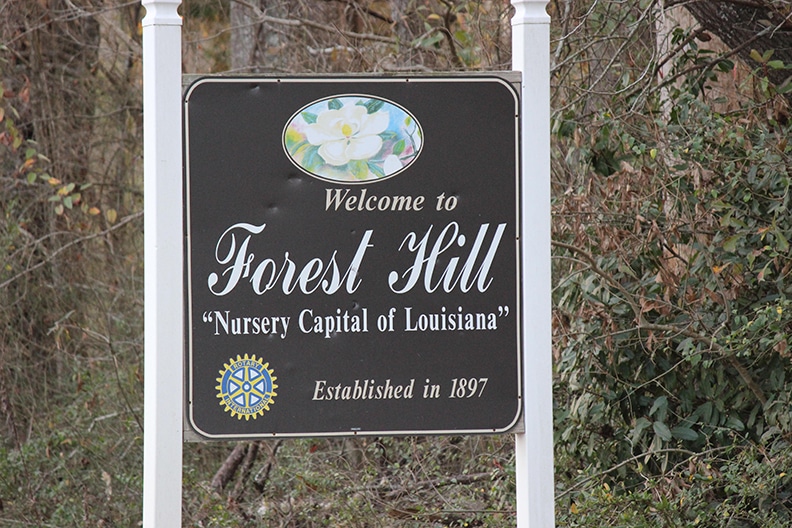
“It was an industrial complex,” said Everett Lueck, president of the board at the Southern Forest Heritage Museum, located outside Forest Hill.
By the 1920s, however, the timber was spent, acres in all directions clear-cut and devoid of the majestic longleaf pine trees. With the elimination of forests came the abandonment of the lumber companies. Forest Hill residents were forced to regroup, and return to farming or head to the gravel pits.
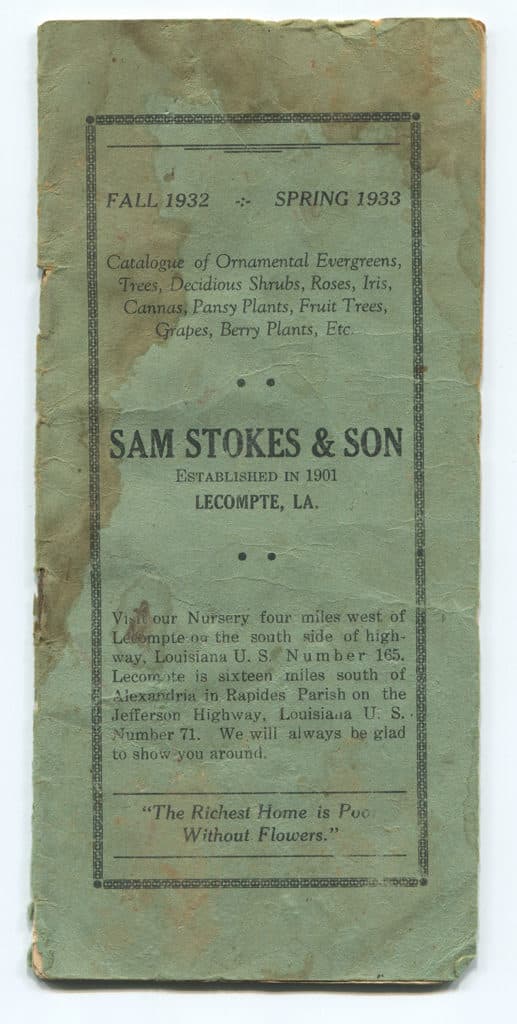
He discovered pansies, and ways to grow hundreds of the colorful flowers on his property for an eager market throughout the country.
Within years, Stokes had a booming nursery business. In the meantime, he taught others his nursery business. His pupils included residents such as Baker Taylor, Billy Mitchell and the Poole brothers, Murphy Archie Poole and Hayden Johns Poole, Sr.
By 1940, the economy of Forest Hill had shifted again. Troops training for combat in World War II came roaring through the region much as the timber industry had done, with 500,000 troops visiting the temporary military base of Camp Claiborne a few short miles north of Forest Hill from 1940 to 1946. The town enjoyed prosperity instantly, feeding off the military base and its temporary inhabitants until, like the virgin forest, the soldiers were gone.
Once again, Forest Hill was forced to reinvent itself, and it found its stride in a new and exciting venture. Residents began working for the Stokes and the Poole Brothers Nurseries, learning the trade and opening their own nurseries in turn. New generations came along to take their parents’ places, branching out like a genealogy tree and marrying into other nursery families.
The Central Louisiana Assoc. of Nurserymen was organized to promote networking and cost-saving measures among the nursery owners. The growing industry started attracting nursery distributors and other associated businesses.
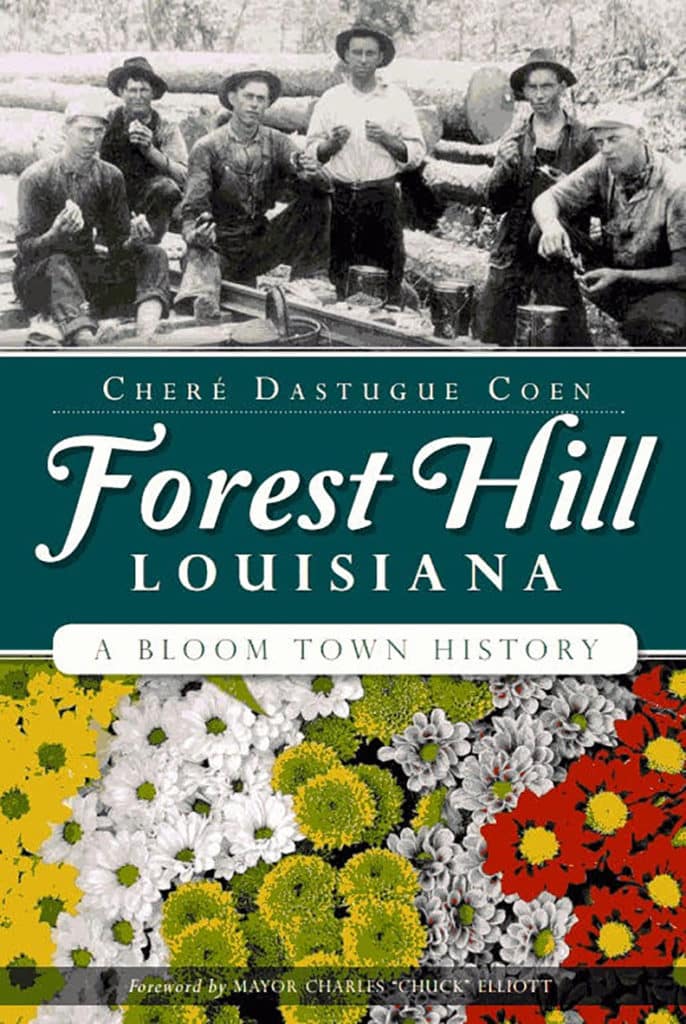
Every spring, thousands flocked to the piney woods town for the popular Louisiana Nursery Festival.
The great American success story continued with the Hispanic community of Forest Hill — workers who arrived from Mexico as seasonal workers to fill a labor shortage. They learned the trade and opened their own nurseries, much as the early Forest Hill residents had.
Today, the success story that is Forest Hill lines Highways 112 and 165, pouring into such neighboring towns as Glenmora, Woodworth, McNary and Lecompte. Some nurseries, such as Stokes, date back 100 years or more, while others are newcomers to the trade.
At first glance, Forest Hill appears as another miniature, rural Louisiana town nestled in the state’s piney wood forests. Children attend the local elementary school, parents deposit their money at the Red River Bank branch and residents pay their municipal bills at the small windowed office at city hall. On Sundays, voices rise up in a handful of churches.
Just behind the small-town façade, however, lies a massive green industry, its rows of woody ornamentals, trees and flowers branching off from the center of town for thousands of acres into the horizon.
As the headline puns note, Forest Hill is a bloom town.
Reprinted and condensed with permission from Forest Hill, Louisiana: A Bloom Town History (The History Press, 2014) by Cheré Coen.



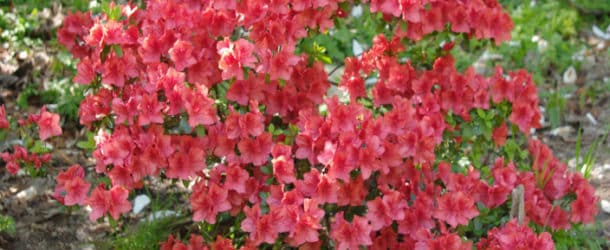











Comments are closed.